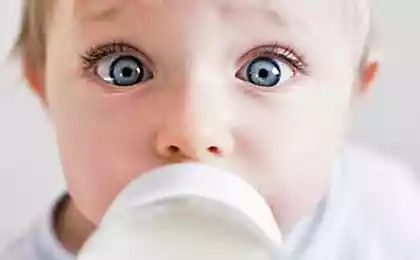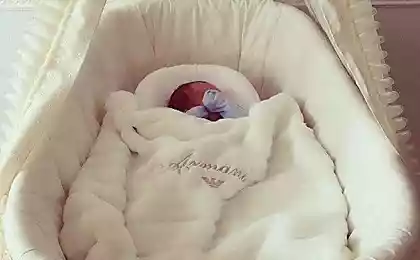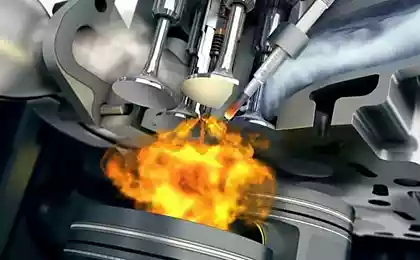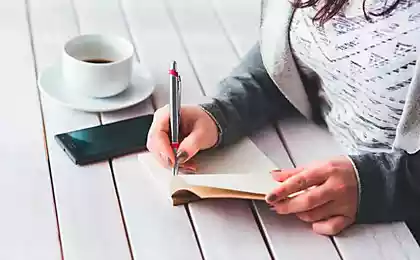151
What is harmful to the mixture for newborns

In the 21st century, it is very convenient to be a mother, if only because for those who do not want (precisely do not want) to feed babies breast milk, thousands of variations have been developed on the topic of milk formula, which, according to manufacturers, can be given to babies literally from the first days of life. Thus, the consumer society creates a demand for what was not provided by nature. Artificial mixtures of course have the right to exist, but let’s see what the danger of feeding babies milk “from bottles” is.
It is very important that the newborn baby establishes the ability to feed on the mother's breast. Despite the abundant advertising of "physiological" nipples and "maximally close to breast milk" mixtures, no nipples and mixtures are not like mother's breast and mother's milk.

The baby sucks nipples in a fundamentally different way - using only some muscles of the maxillofacial apparatus and creating a vacuum, this is quite enough to obtain nutrition from the nipple. But to get milk from my mother’s breast is not enough. As a result, a child who has been sucking a nipple for some time begins to try to do the same with his mother’s breast, and often does not succeed – he throws his breasts, cries and demands that he be fed in a simpler way.
At the same time, the nipple, unlike the mother's breast, can not only be sucked, but also chewed as you like, and this attitude the child transfers to the breast. Already a couple of feedings from the nipple in the first days of life can be enough for the child to stop taking breasts correctly and the mother’s nipples began to appear painful cracks from such “chewings”. As a result, after receiving the mixture from the bottle, breastfeeding turns for the mother into an alternation of children's screams with chest throwing and "punching" painful cracks. The mother herself at the same time usually thinks that this is because she has “no milk, the child is hungry”, more actively feeds with the mixture, the breast is increasingly stimulated to produce new milk – and breastfeeding can stop very quickly either due to the complete refusal of the child to take the breast, or because of “loss of milk”.
Source: rodovid.me























